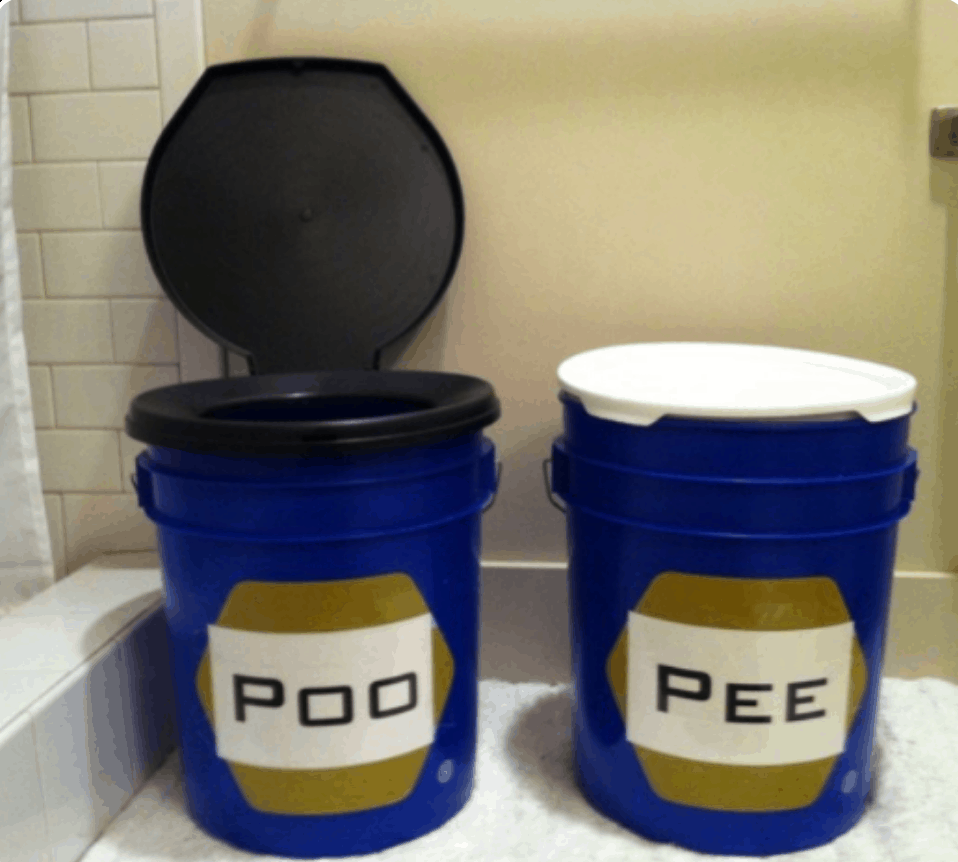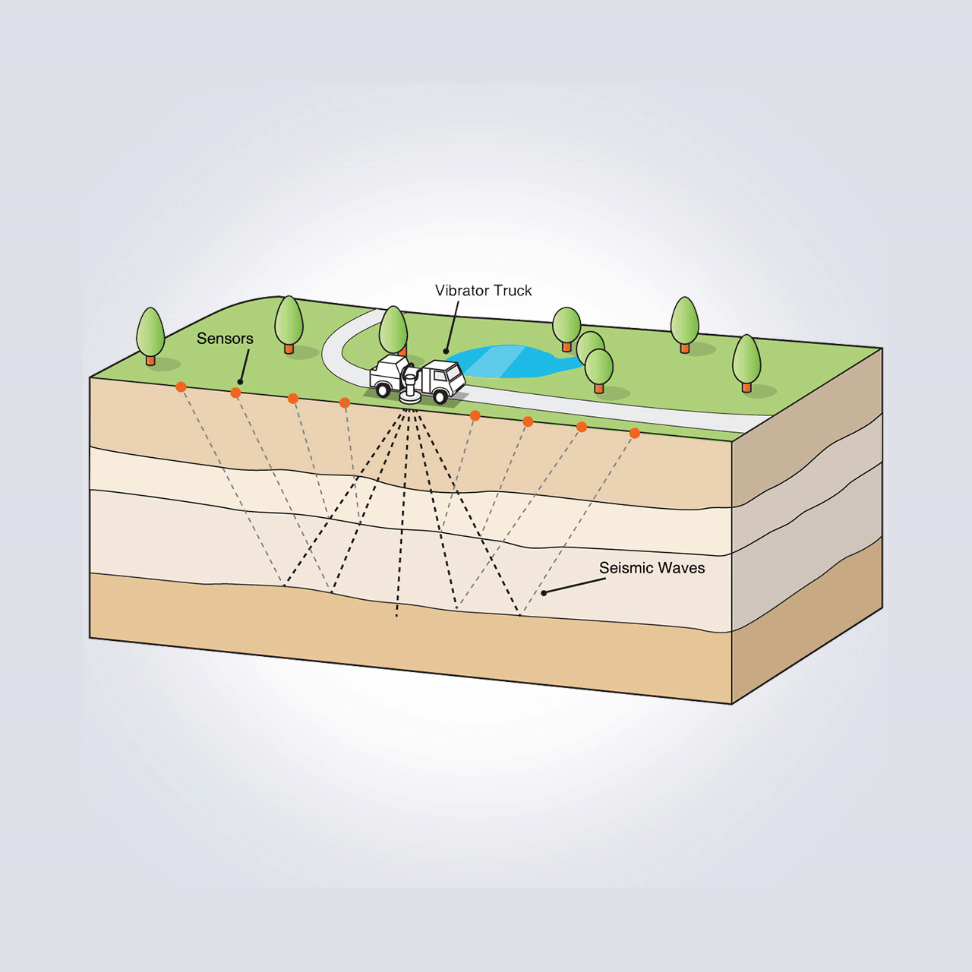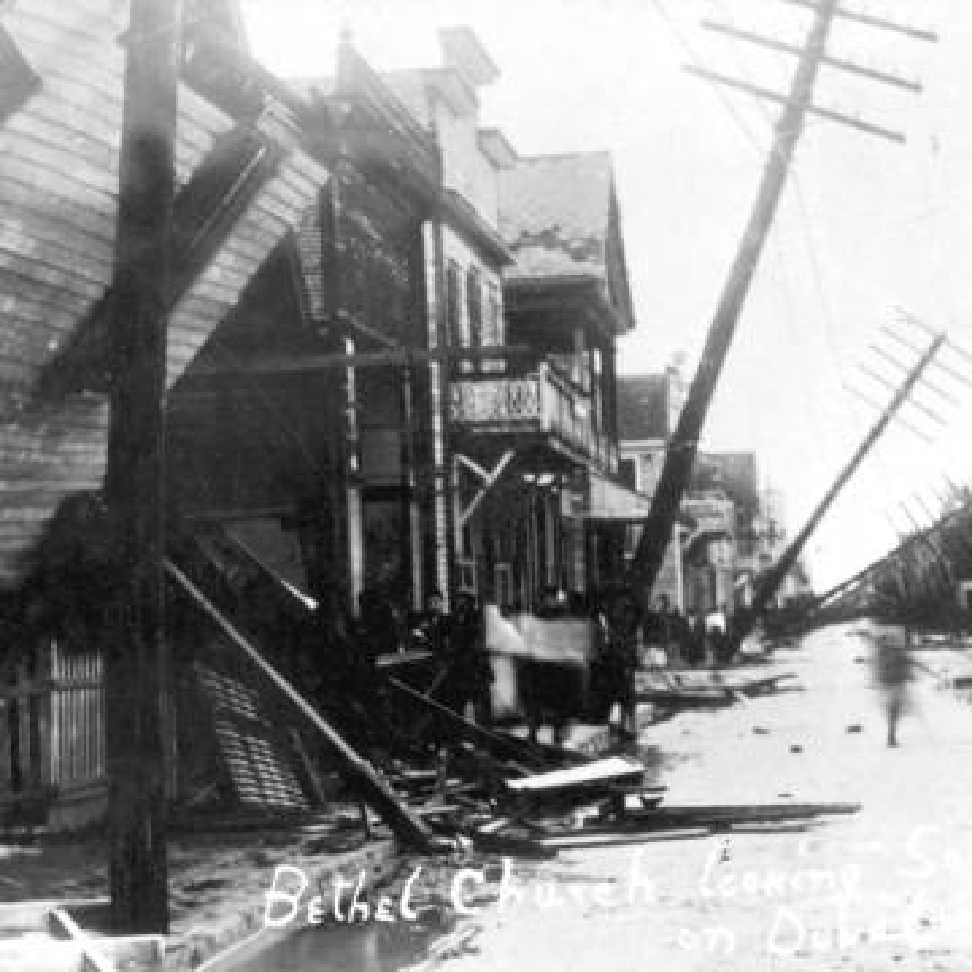What should we do if our toilets don't work?
Use a Twin-Bucket Emergency Toilet. Keep your pee separate from your poo. Keep each in a bucket with a cover.
Pee is clean if people in your household are well. It poses almost no health risk. With extra buckets and lids, you can store pee until it can be sprinkled on land as a nitrogen-rich fertilizer.
The poo bucket contains most of the pathogens. Poo needs to be treated, or contained until treated. But the great thing about poo is that it doesnʼt take up much space. Each of us produces only 4-10 oz daily. Cover your deposit with shredded paper, sawdust or coir fiber to dry it our and prepare it for treatment by composting. It takes a couple of weeks for three people to fill the bucket with poo and carbon material.


Living in a Seismic Zone
When city dwellers suddenly lose their flushing toilets to an earthquake, they are further distressed and their capacity to survive and recover is deeply compromised.
By understanding how infrastructure will fail and experimenting with alternative, decentralized and waterless systems we can strengthen community resilience before a seismic event and speed recovery after it.
Climate Change
It's a connection we don’t make very often. But the rise in extreme weather events is proving challenging to sanitation systems around the world. While the UN's Sustainable Development Goal (SDG) 6.2 calls for universal sanitation, 4.5 billion people globally lack safely managed services.
This problem is exacerbated by the fact that water availability is becoming less predictable, and increased incidences of extreme weather events such as floods threaten sanitation facilities and risk contaminating water sources.


Disaster Preparedness
When disaster strikes, preparation is key. And as climate change increases the frequency and intensity of storms worldwide, it is crucial that we be prepared now than ever before.
Most emergency kits don't take into account the risk of losing access to a safe toilet. Fortunately, you can prepare by spending a few dollars and forming a plan with your family and/or neighborhood.
Subscribe to our newsletter!
Newsletter Subscription
Why You Should Consider Making Your Restroom More Inclusive (And How To Do It) By Kip Earlywine (Used with permission from Green Flush Restrooms) It’s a beautiful day outside, so Dave decides to visit a new city park he hasn’t visited before. Upon arrival, he’s struck by the care and detail…
Research with MFA student Xinxiao Hui Public Pissour, or urinal, in Nyhavn, Copenhagen While Copenhagen may be listed as the fifth most densely populated city for public toilet per square kilometer in 2023, they are not always easy to find or accessible for all…
Research with MFA student Keliang Li Pee Curl, or public urinal for men, in Amsterdam On a recent trip to Amsterdam, when I asked a local shop owner where I could use the restroom, she told me there were plenty of places for men but…
Why You Should Consider Making Your Restroom More Inclusive (And How To Do It)
Public Toilets Case Studies with Pratt Institute: Copenhagen, Denmark
Public Toilets Case Studies with Pratt Institute: Amsterdam, Netherlands
[show_twitter_feed]
